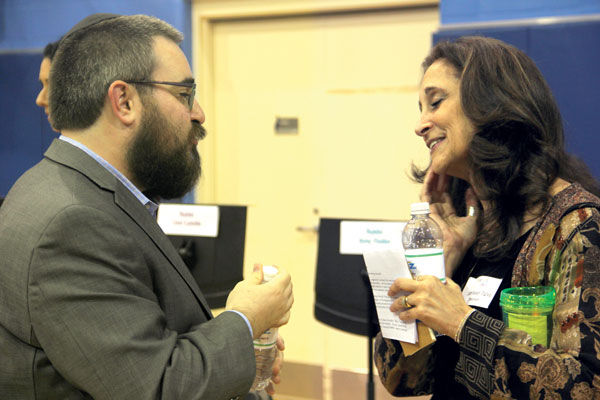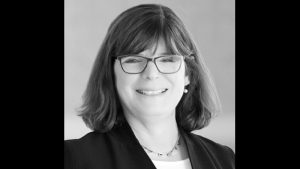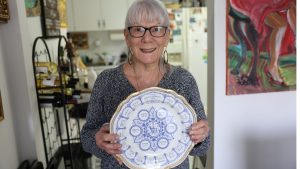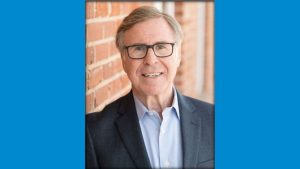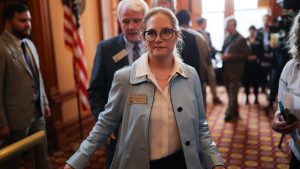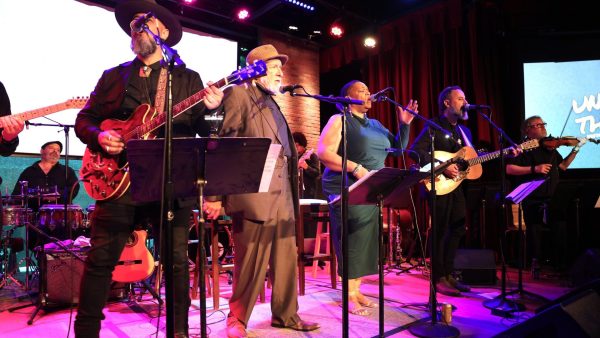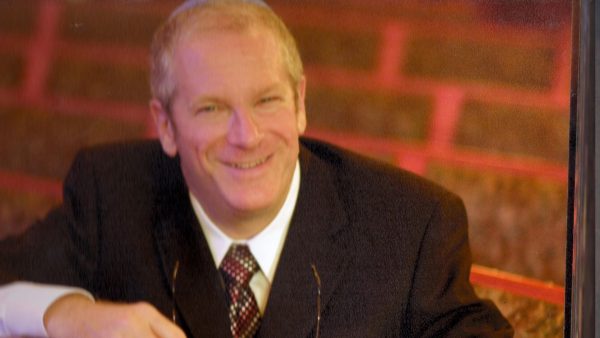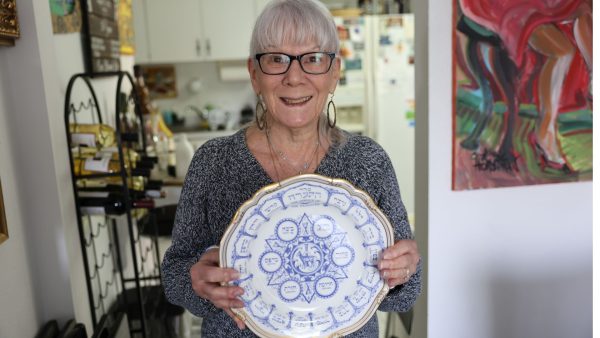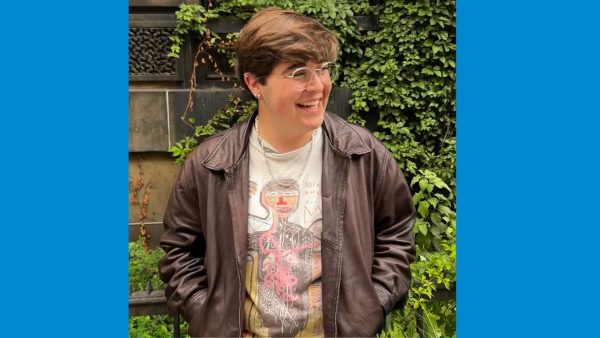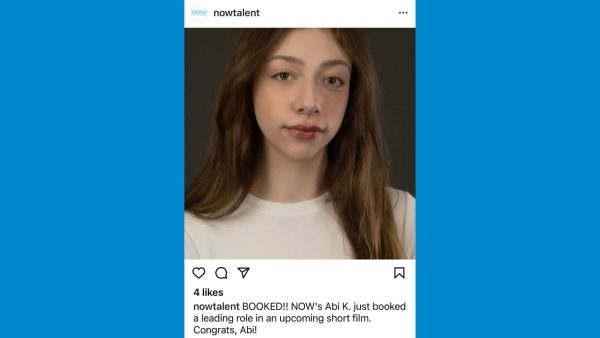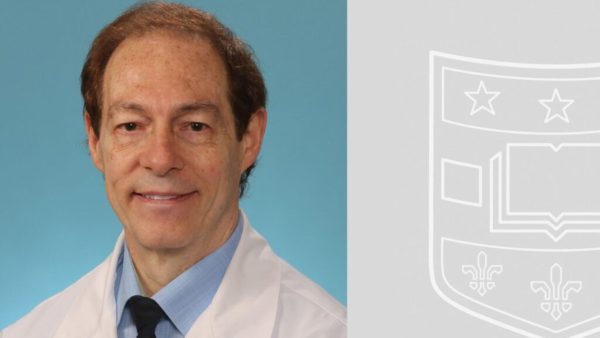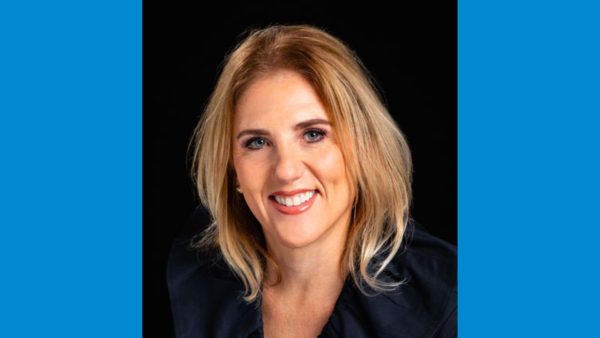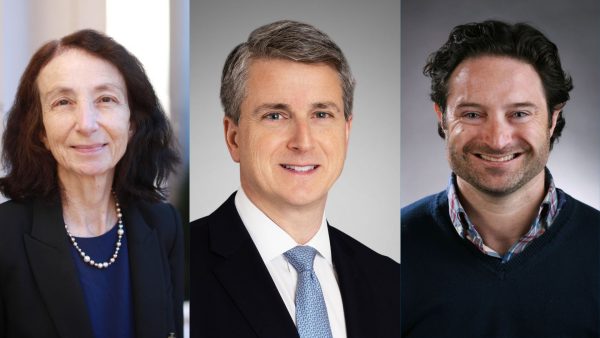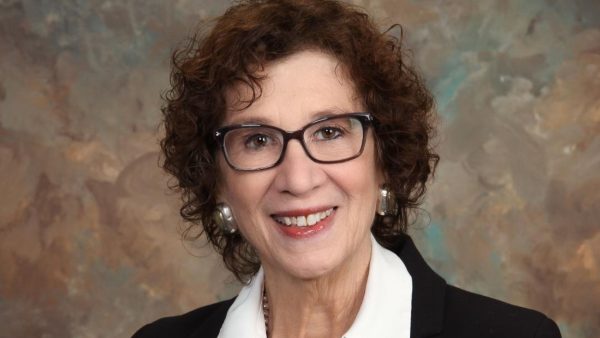St. Louis rabbis focus on diversity in Jewish community
Published April 13, 2016
Rabbi Susan Talve of Central Reform Congregation shared a story last week at Saul Mirowitz Jewish Community School about feeling uncomfortable presiding over an Orthodox man’s funeral. She told the story sitting a few chairs away from Rabbi Hyim Shafner of the Orthodox synagogue Bais Abraham.
Rabbi Amy Feder of the Reform synagogue Congregation Temple Israel discussed keeping kosher with Rabbi Levi Landa of the Orthodox group Chabad of Greater St. Louis.
And Rabbi Andrea Goldstein of Congregation Shaare Emeth, which is a Reform temple, discussed gender and Jewish identity with Rori Picker Neiss, the director of Jewish Community Relations Council- St. Louis, who completed her studies at Yeshivat Maharat in New York, an Orthodox school. She was ordained as a spiritual leader, and uses the title “maharat,” an alternative for women to rabbis.
The event at Mirowitz, which was sponsored by the school, the Jewish Federation of St. Louis and the Jewish Community Relations Council, provided a rare opportunity to see leaders from the various streams of Judaism discuss areas of the religion where they agree and disagree with one another.
“This conversation is not happening in school gyms, in every Jewish community in North America,” said Michael Kay, a Jewish educator who holds degrees in religion and history from Harvard University, and led the discussion, entitled “Same Difference: Understanding Jewish Diversity.” About 110 people attended the forum, according to Mirowitz.
Kay asked the panelists questions about challenges they have faced, among other topics. The rabbis shared personal stories, along with their causes for worry and excitement. The main panel discussion also included Rabbi Scott Slarskey, director of Jewish Life at Saul Mirowitz, and Rabbi Carnie Rose of Congregation B’nai Amoona.
Here are some of the highlights: (questions and responses have been edited for space and clarity):
Michael Kay: Which elements of Judaism do you find the most energizing and inspiring, and which do you find most challenging?
Rabbi Carnie Rose: Let me start with the most energizing. For me it’s daily tefillah, communion with the Almighty and with other folks, generally. That introspective experience is very consequential to me.
Making the time and space for meaningful learning, for meaningful prayer, those may be the greatest challenges as well.
Rabbi Hyim Shafner: For me it’s unity. When something is going on in the community that brings together people in a significant way, where they are really interacting with each other, and they are from really different places, backgrounds, religions — that really inspires me.
The challenging part is fundraising — no, I’m kidding. It’s when I know the Jewish people are big, and that so much of the Jewish community is so disconnected, and feel like, ‘There is nothing there for me. It’s very parochial, it’s boring.’ I think, ‘If only I could give them a taste of it, I could bring all the Jews together.
Rabbi Susan Talve: The thing that I’m most excited about is the St. Louis community, especially the rabbis. We have these amazing wonderful young rabbis. The thing that I love about being Jewish is the people, and this happens to be a time when there is this wonderful openness here. I think there are all kinds of wonderful things happening where we are making space for each other.
The legacy of European racism is a real challenge. It’s the root of a lot of prejudice, fear, making the tent smaller, at a time when our world is really beginning to see the beauty in diversity.
Kay: What does Judaism demand of us?
Rabbi Scott Slarskey: To be open for transformation. To constantly be on the brink of a crisis relationship with the world and being ready to be surprised by it, being ready to be transformed by it and recognizing that we have a spiritual mandate to live that way in this world. That’s why I think it’s cool to have Jewish Republicans and Jewish Democrats and Jewish socialists, as long as you’re not so restricted so that you can’t actually talk to another human being, and you’re not open to transformation.
The panelists also shared thoughts about times that they have felt out of place.
Talve: Since I’m the only woman up here, and I’m old — and I hope it’s different for the next generation — but I never really feel real. I feel like I’m faking it all the time. I feel like I’m not really a real rabbi. I didn’t grow up with any role models. I didn’t grow up seeing women doing these things.
Rabbi Rose: I think it’s interesting that I followed Rabbi Talve, her comments about being on the margins. I grew up aware that women felt on the margins because my mom was so deeply involved in trying to bring women to the forefront of engagement and involvement in Jewish life. The hardest part for me is that I have never actually felt on the margins, ever. We grew up in the days of Rabbi Shlomo Carlebach and Rabbi Solomon Schachter Shalomi, and we could go anywhere, we could daven in any style, we could do it wild, we could do it straight, we could do it in all kinds of ways. I grew up in this household with all kinds of experiences.
So it’s interesting that the first time I really felt out of place is when I became a rabbi and I went to this congregation in Columbus, Ohio, and my tradition is to my put my tallit on my head when I’m davening the amidah, and after services about 10 Republicans came forward and said, ‘We need to see you right away.’ I was told that I should never again daven with a tallit on my head because we are a Conservative synagogue. We are not an Orthodox synagogue. Needless to say over the course of time — I’m a rose not a shrinking violet — I was able to work on that, and by the time I left, about 25 or 30 people davened with talitot on their heads.
Kay: What do we want the educators in the room to take away from this? What do we want people who are working with young Jews and children to impart to them?
Shafner: I was a Hillel rabbi for a longtime before I was a pulpit rabbi, and Richard Joel, who was the president and international director of the organization, used to say that pluralism is granting the other the right to be wrong. For me, for instance, I believe that I am commanded to do a lot of things in Judaism, in that if I do that, it shakes the universe. If I eat chametz on Passover, if I don’t circumcise my child, it ruptures big things or heals big things. There are Jews who I love who are members of my family writ large, who don’t believe that. They don’t believe that they are commanded, they believe that they have a choice.
Slarskey: We have to define what is authentic to expose our kids to. We have to be thoughtful about why we expose our kids to what kinds of ideas and questions we ask our kids to engage with but we do not have to be afraid of what we’re asking our kids to do. To me, as someone who is always looking for transformation, if we want that for ourselves as adults, our kids have to start learning that as early as possible.



